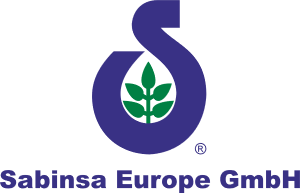Ocimum sanctum (holy basil), called Tulsi in India, is ubiquitous in Hindu tradition. Perhaps its role as a healing herb was instrumental in its "sacred" implication. Ayurvedic practice recommends Tulsi in several formulations to enhance immunity and metabolic functions as well as in the management of respiratory problems.
A variety of biologically active compounds have been isolated from the leaves including ursolic acid, apigenin and luteolin. Extracts from the plant have been found to reduce stress, modulate immunological functions and retard the development of ulcers in experimental animals1. Ursolic acid, (which is an active constituent in the antioxidant rosemary extract as well), was found to have anti-allergic properties. When administered to laboratory animals, the compound was found to inhibit mast cell degranulation and histamine release in the presence of allergen2. These studies reveal the potential role of Ocimum sanctum extracts in the management of immunological disorders including allergies and asthma. Recent studies also revealed the chemopreventive effects of Tulsi extract3 and the role of the herb in the management of a critical metabolic disorder in recent times - diabetes
A randomized, placebo-controlled cross-over single blind trial on 40 human volunteers suffering from Type II diabetes was performed. During the four week trial, subjects alternately received a daily dose of 2.5 g of Tulsi leaves powder or a placebo for two week periods. The results showed 17.6 % reduction in fasting blood glucose and 7.3% decline in postprandial blood glucose on treatment with Tulsi as compared to the blood glucose levels during treatment with placebo4.
Sabinsa Corporation will supply a dry extract of Ocimum sanctum, standardized for 5% ursolic acid. Please call for further information and samples.
- Barghava, K.P and Singh, N. (1981). Ind. J. Med. Res. 73:443-451
- Rajasekaran, M. et al. (1989). J. Drug Dev. 2(3):179-182
- Banerjee, S. et al. (1996). Nutr. Cancer, 25(2):205-17
- Agarwal, P. et al. (1996) Int. J.Clin.Pharmacol. Ther., 34(9):406-9







